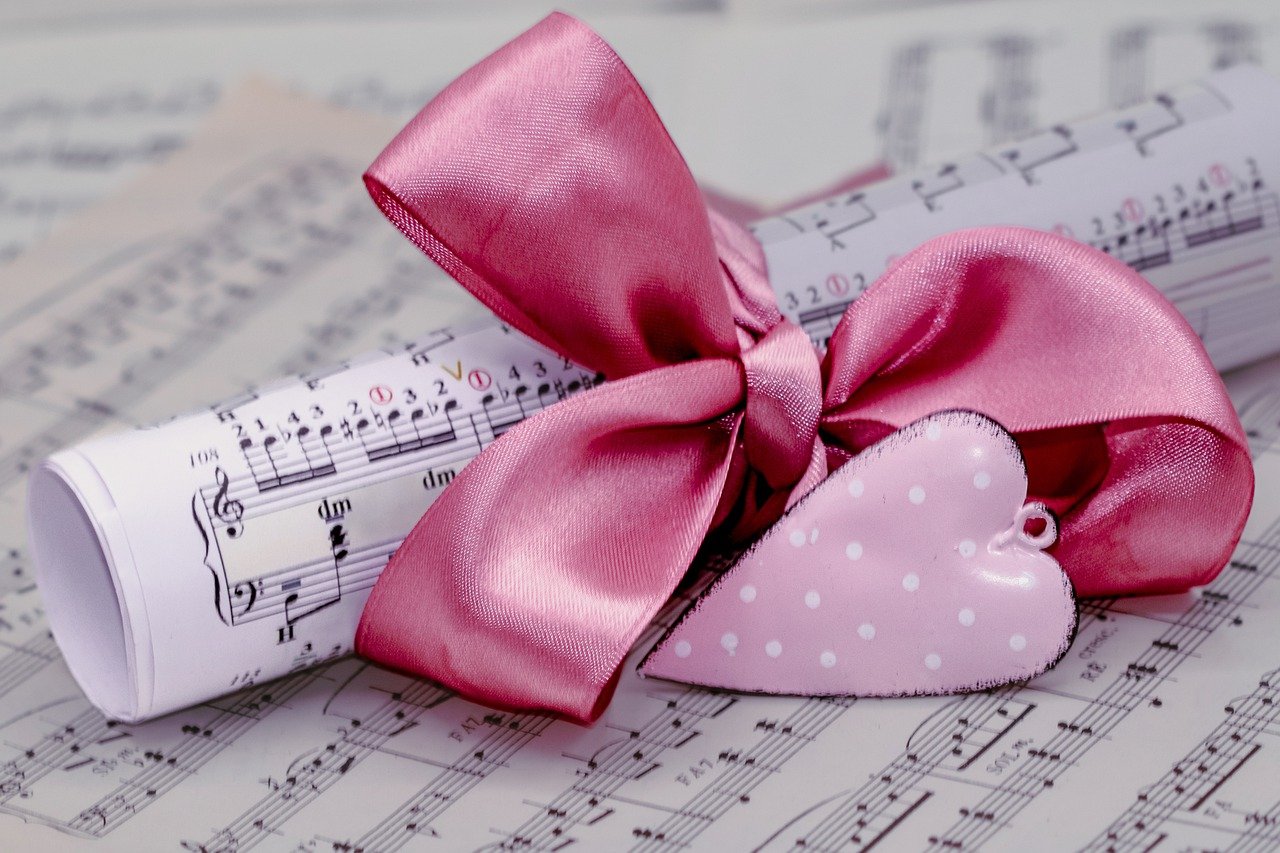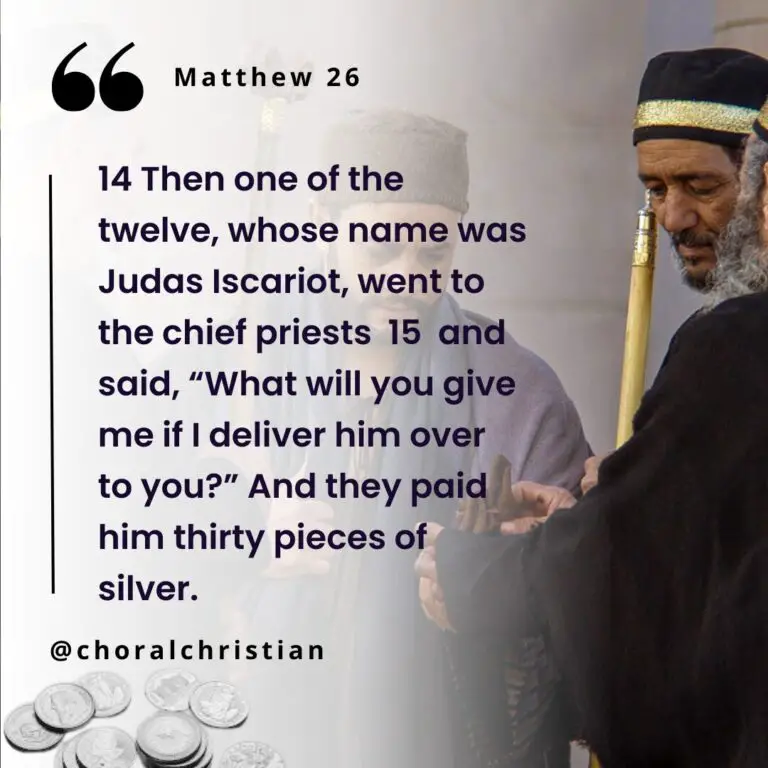Introduction
Music, a universal language that transcends borders, is often communicated through an elegant system known as sheet music. This system, which has evolved over centuries, allows musicians to understand and perform pieces of music they’ve never heard before, bridging gaps between cultures and generations.
What is Sheet Music?
Sheet music is a form of musical notation that uses printed symbols to represent the elements of music: melody, rhythm, harmony, and timbre. It serves as a roadmap, guiding musicians through the landscape of a musical composition.
The Elements of Sheet Music
Sheet music is composed of several key elements:
- Staff: The foundation of sheet music is the staff, a set of five horizontal lines on which musical notes are placed. The position of a note on the staff indicates its pitch.
- Clefs: At the beginning of each staff, you’ll find a symbol known as a clef. The two most common clefs are the treble clef (used for higher pitches) and the bass clef (used for lower pitches).
- Notes and Rests: Notes represent the sounds in the music, while rests represent the silences. The shape and style of a note or rest indicate its duration.
- Key Signature: This indicates the key of the music, telling musicians which notes are to be played as sharps or flats.
- Time Signature: This tells musicians how many beats are in each measure and which note value gets the beat.
The Role of Sheet Music Today
Sheet music, also known as musical notation, plays a crucial role in the world of music arts and entertainment. It serves as a written representation of musical compositions, enabling musicians to interpret and perform pieces accurately. Here are some key aspects of its role today:
- Learning and Performance:
- Learning New Pieces: Sheet music allows musicians to learn and perform new compositions more quickly. Whether you’re a seasoned professional or a beginner, having sheet music provides a roadmap for understanding the melody, rhythm, and harmony of a piece.
- Accuracy: Musicians rely on sheet music to ensure accurate performance. It guides them through intricate passages, dynamics, and articulations.
- Sharing and Preservation:
- Sharing Music: Sheet music facilitates the sharing of music across cultures, generations, and geographical boundaries. Musicians can exchange compositions, collaborate, and explore diverse musical traditions.
- Preserving Heritage: By documenting musical works in notation, sheet music contributes to preserving our musical heritage. It ensures that compositions remain accessible for future generations.
- Universal Language:
- Common Ground: Sheet music serves as a common language for musicians worldwide. Regardless of their native tongue, musicians can communicate and collaborate effectively using standard notation.
- Collaboration: Whether in orchestras, choirs, or bands, sheet music enables seamless collaboration. Musicians from different backgrounds can come together and perform complex works.
- Digital Age Adaptation:
- Digital Formats: In today’s digital age, sheet music is available in various digital formats. Musicians can access it on tablets, e-readers, and music apps.
- Online Communities: Online platforms allow musicians to share, discuss, and collaborate using digital sheet music. Websites and apps provide vast libraries of scores.
- Educational Tool:
- Teaching and Learning: Sheet music remains an essential tool for music education. It helps students understand theory, sight-reading, and interpretation.
- Classroom and Private Lessons: Teachers use sheet music to guide students through exercises, repertoire, and ensemble performances.

Tonic Solfa and Staff Notation
Sheet music can either be in tonic solfa or staff notation. Let’s explore the differences between Tonic Solfa and Staff Notation:
- Tonic Solfa (Solfège):
- Definition: Tonic solfa (or tonic sol-fah) is a pedagogical technique for teaching sight-singing.
- Inventors: It was invented by Sarah Ann Glover (1785–1867) of Norwich, England, and popularized by John Curwen.
- Notation System:
- Uses a system of musical notation based on movable do solfège.
- Assigns a syllable to each note based on its relationship with other notes in the key (e.g., do, re, mi, fa, sol, la, ti, do).
- “Do” represents the tonic note of the key being used (hence the term “movable Do”).
- Teaching Approach:
- Helps learners read music at sight by emphasizing relationships between notes.
- Often accompanied by hand gestures to reinforce memory.
- Historical Impact:
- Glover developed the method in Norwich around 1812.
- Curwen adapted it, added hand signals, and promoted it for Sunday school singing.
- Widely adopted for education but did not fully replace traditional notation.
- By the late 19th century, sheet music for popular songs often included tonic solfa notation alongside staff notation1.
- Staff Notation:
- Definition: Staff notation (also known as standard notation) is the conventional system for writing music.
- Representation:
- Uses a set of five horizontal lines (the staff) and various symbols (notes, rests, dynamics, etc.).
- Each note’s pitch is indicated by its position on the staff and its duration by the shape of the note.
- Advantages:
- Provides precise information about pitch, rhythm, dynamics, and expression.
- Widely used in professional music, orchestras, and ensembles.
- Challenges:
- Requires learning note names, key signatures, and other symbols.
- Some complex rhythms may be challenging to read quickly.
- Universal Language:
- Staff notation is a global standard, allowing musicians worldwide to communicate effectively.
- Comparison:
- Tonic Solfa:
- Pronounces syllables (e.g., Doh, Re, Mi, Fah) for each note.
- Less chance of missing small-value notes in complex pieces.
- Staff Notation:
- Precise representation of pitch, rhythm, and dynamics.
- Requires learning note names and symbols.
- Tonic Solfa:
While tonic solfa simplifies sight-singing, staff notation remains the universal language for professional musicians. Both systems contribute to our rich musical heritage! 🎵🎶
Whether you’re a seasoned musician or a beginner just starting your journey, understanding sheet music opens up a world of musical exploration. It’s like having a key to a vast library, filled with works from every genre and era imaginable. So, the next time you see a piece of sheet music, remember: it’s more than just dots on a page. It’s a passport to a world of musical adventure. Whether you’re a pianist, vocalist, or instrumentalist, understanding sheet music opens up a vast library of works from every genre and era imaginable 🎵🎶12. So, let’s keep the magic of sheet music alive! 🎼✨
P.S. Browse our extensive collection of Sheet Music



